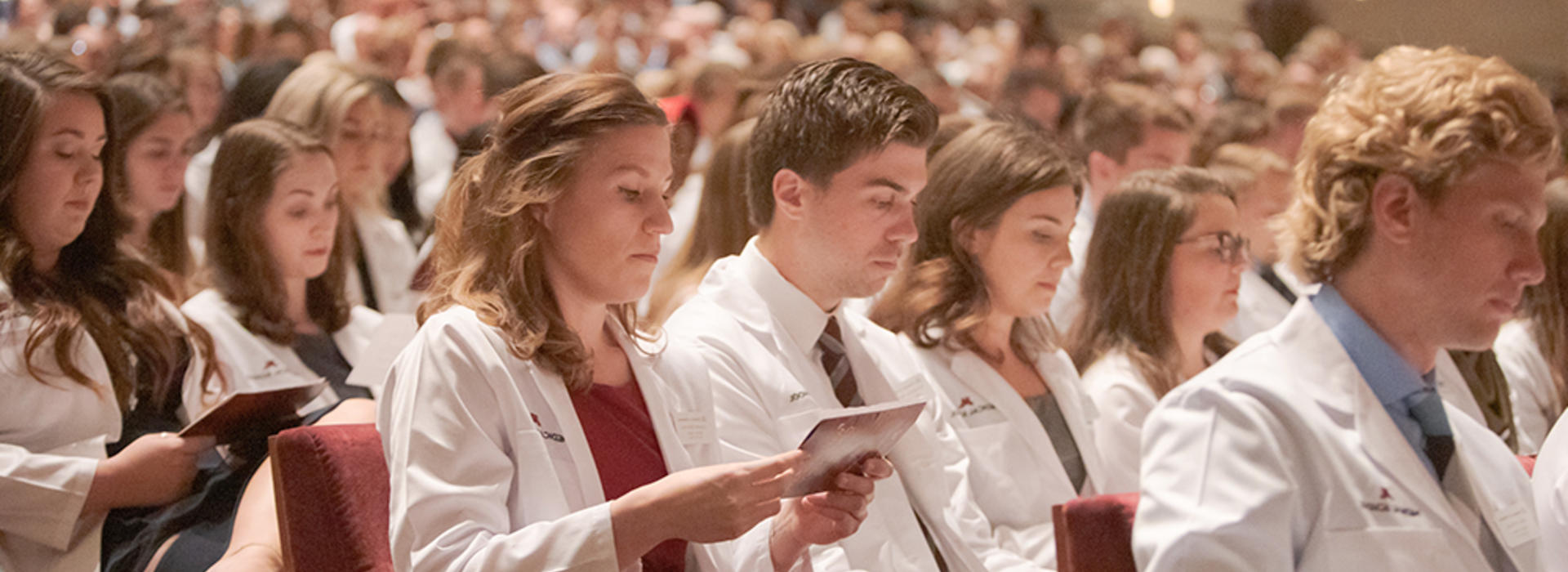
U of M Medical School Makes the Switch to Beneficial House System
If you’ve ever read the iconic Harry Potter novels, you may recognize the concept of a house system. Hogwarts is divided into subunits, called “houses,” (like Hufflepuff, Slytherin, Gryffindor and Ravenclaw in the Harry Potter realm) where each individual student is placed upon enrollment. Minus the magic, that’s what University of Minnesota Medical School students can expect this coming fall.
“Medical school can become very isolating and also overwhelming in terms of the number of resources that are available,” says Dr. Scott Slattery, Director of Learner Development in the U of M Medical School’s Office of Student Affairs.
House systems are not uncommon in medical schools– they offer a wide variety of benefits, including an increased feeling of community, connection and clarity on where to go for certain resources.
For example, in the old structure, students had up to 20 tutors available to them and might not have known which one would be the best fit for them.
“With a house system, the tutors would be divided up among three houses, so students would know that there are seven dedicated tutors within their house,” says Slattery. “And from day one, they’ll know who they are and how to contact them.”
It also makes it easier for students to meet and connect with their peers. In the old structure, if a student were to arrive at orientation and they didn’t really know anyone, it was hard to figure out where to start or how to make that happen.
“Within houses, the number could get down to, say 55 students. And within a meeting of that house, it might be a lot easier to make connections,” he says. “We really want to bolster community and connection on multiple levels.”
Additionally, in smaller communities, there’s often more emotional intimacy and sharing between individuals.
“I think that people are more likely to share about their struggles or about things that aren’t going well when they have that sense of community. And, I think that can help to also reduce overall stigma,” says Slattery.
Duluth students will see the benefits as well– in fact, when they arrive in their third year, they will be automatically placed into a house.
“When the cohort comes down to the Twin Cities in their third year, they can sometimes feel like outsiders. The hope is that by placing them into a house, they have a base and feel more comfortable meeting people and making connections,” he says.
The 2019-20 year will be the pilot year of the program, and if all goes well, the Medical School will formally launch the system for the 2020 academic year.